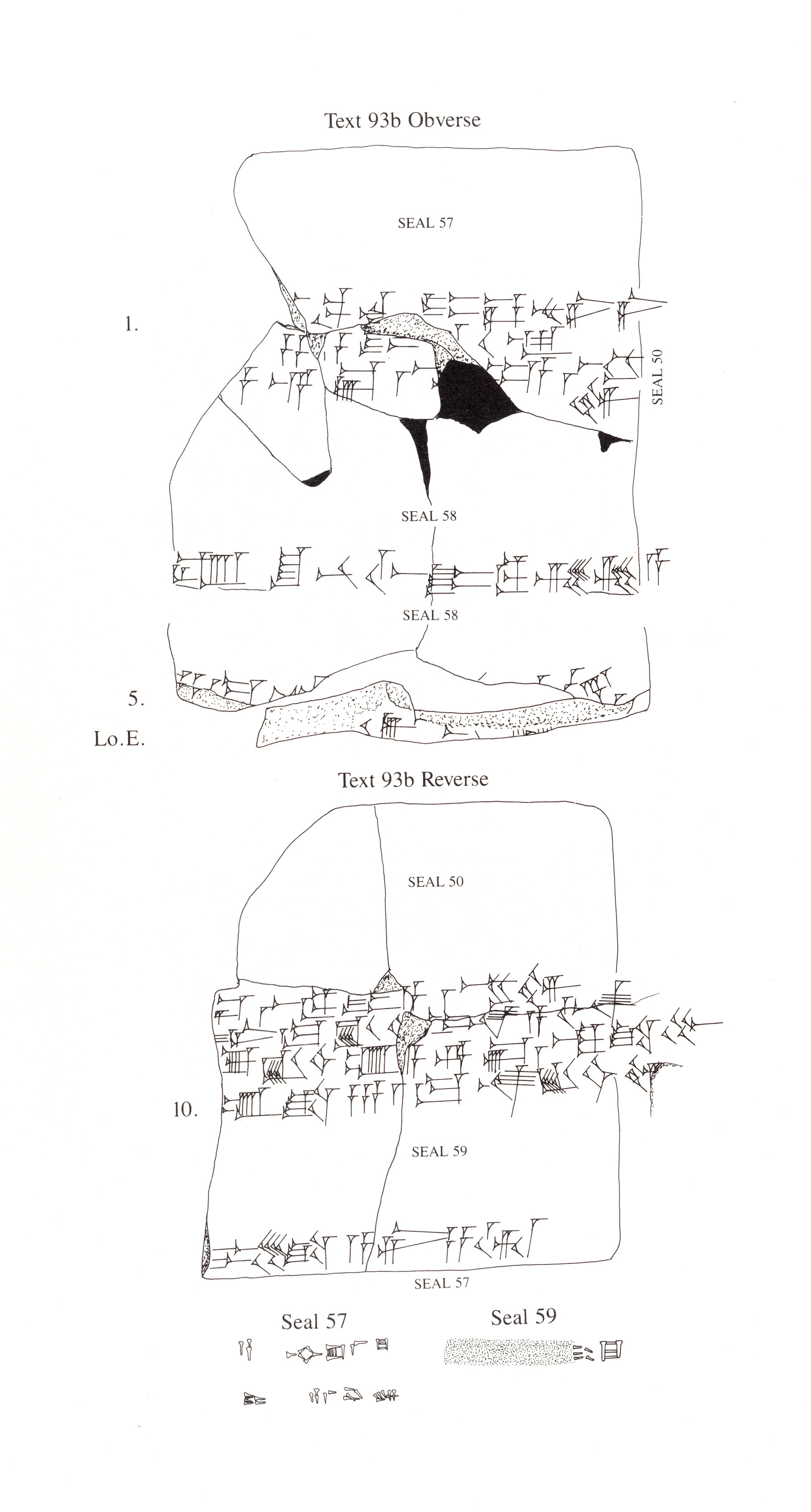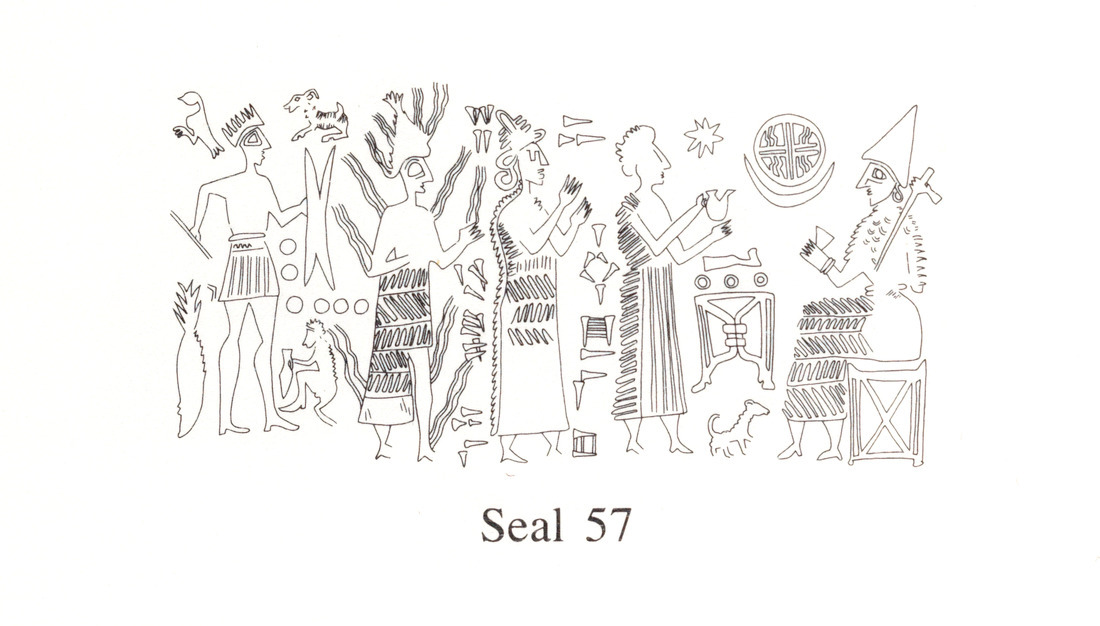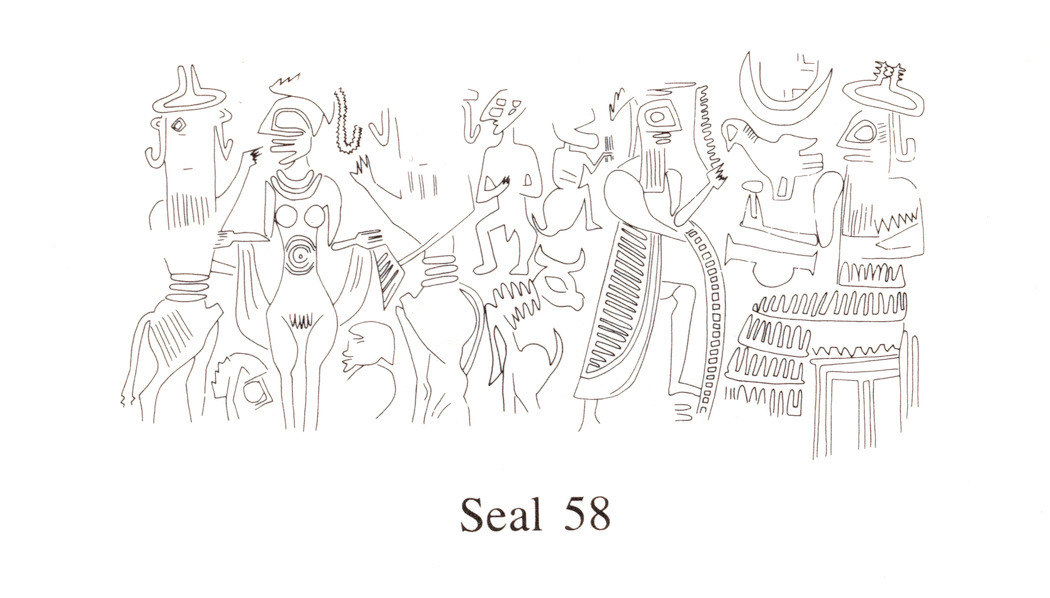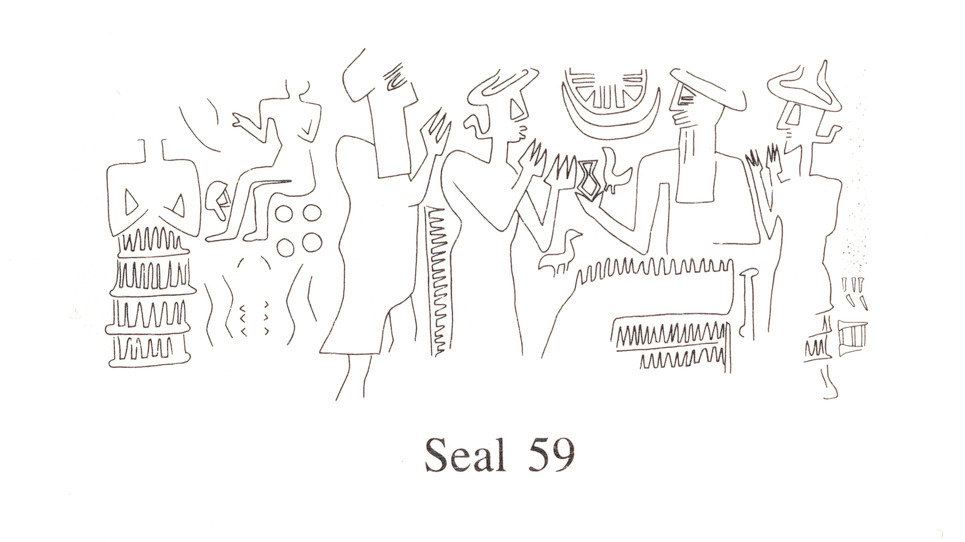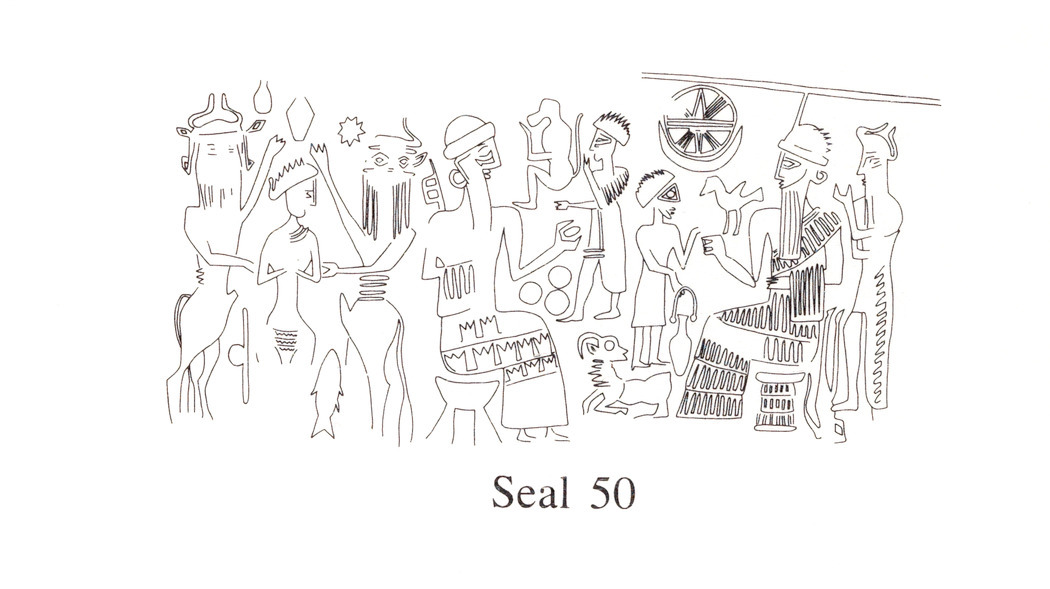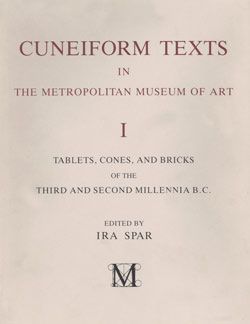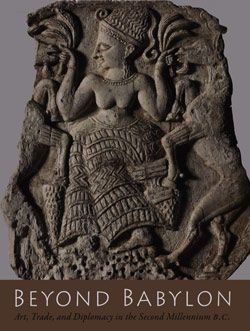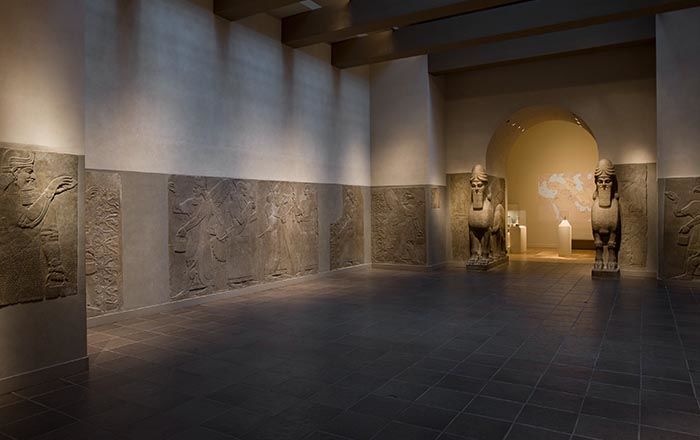Cuneiform tablet case impressed with four cylinder seals in Anatolian and Old Assyrian style, for cuneiform tablet 66.245.16a: quittance for a loan in silver
Not on view
Kültepe, the ancient city of Kanesh, was part of the network of trading settlements established in central Anatolia by merchants from Ashur (in Assyria in northern Mesopotamia) in the early second millennium B.C. Travelling long distances, and often living separately from their families, these merchants traded vast quantities of goods, primarily tin and textiles, for Anatolian copper and other materials. Although the merchants adopted many aspects of local Anatolian life, they brought with them Mesopotamian tools used to record transactions: cuneiform writing, clay tablets and envelopes, and cylinder seals. Using a simplified version of the elaborate cuneiform writing system, merchants tracked loans as well as business deals and disputes, and sent letters to families and business partners back in Ashur. At Kültepe, thousands of these texts stored in household archives were preserved when fire destroyed the city in ca. 1836 B.C. Because the tablets document the activities of Assyrian merchants, they provide a glimpse into the complex and sophisticated commercial interactions that took place in the Near East during the beginning of the second millennium B.C.
This sealed clay envelope contained a tablet documenting the discharge from debt for a silver loan owed to Ashur-taklaku (MMA 66.245.16a). The contents of the tablet was repeated on the envelope, perhaps in order to verify the decision regarding the loan repayment. Text on the envelope, read from left to right, must have been written after the original text was placed inside the case. Impressions of four different seals, appear on both sides and the edges of the case. On the front of the case, two cylinder seals featuring presentation scenes carved in an Anatolian style that emphasized features such as the large eyes of the figures were rolled out. One of these seals was inscribed with the name Ashur-taklaku, and demonstrates how Assyrian merchants adopted local styles. The reverse of the case contains two more impressions of cylinder seals carved in a visual hybrid that mixed elements, and offers further evidence for the cultural interaction between Anatolia and Assyria.
This image cannot be enlarged, viewed at full screen, or downloaded.
This artwork is meant to be viewed from right to left. Scroll left to view more.


